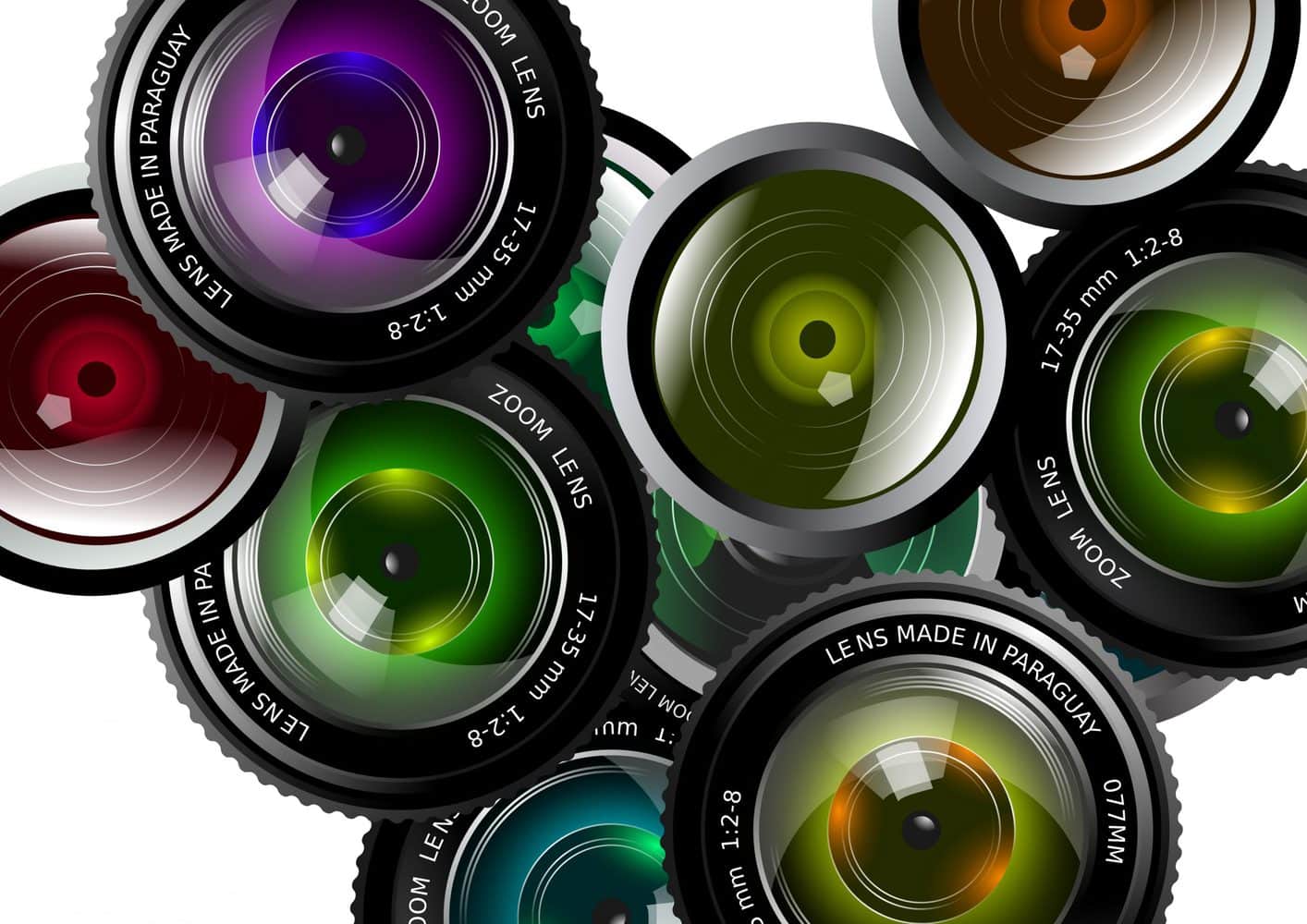Whether you’re a beginner or a professional photographer, buying lenses for your camera is a highly specific process that requires knowing a few different factors before making your purchase. Sometimes, searching for the right lens can become confusing or complicated when there are so many terms and details to remember.
Don’t be intimidated by all the information available — this guide walks you through each step of choosing a camera lens with a combination of in-depth analysis and market basics. You don’t have to be a professional to understand the information here, and photography experts can find this handy reference guide gathers all the industry tips and tricks together in one place.
Except for in certain instances, everything you need to know about camera lens basics should be true for both film and digital cameras. While only some lenses and advanced technology are available for digital cameras, many of the principles for finding the right lens remain the same in either case.
The Lens: Basic Terms You Need To Know
Because many lenses can be used for more than one purpose, you’ll need a functional knowledge of the most common terms in order to shop the selections you’ll find. There is a lot of technical jargon to throw around when you’re talking about camera lenses. Let’s break that down.
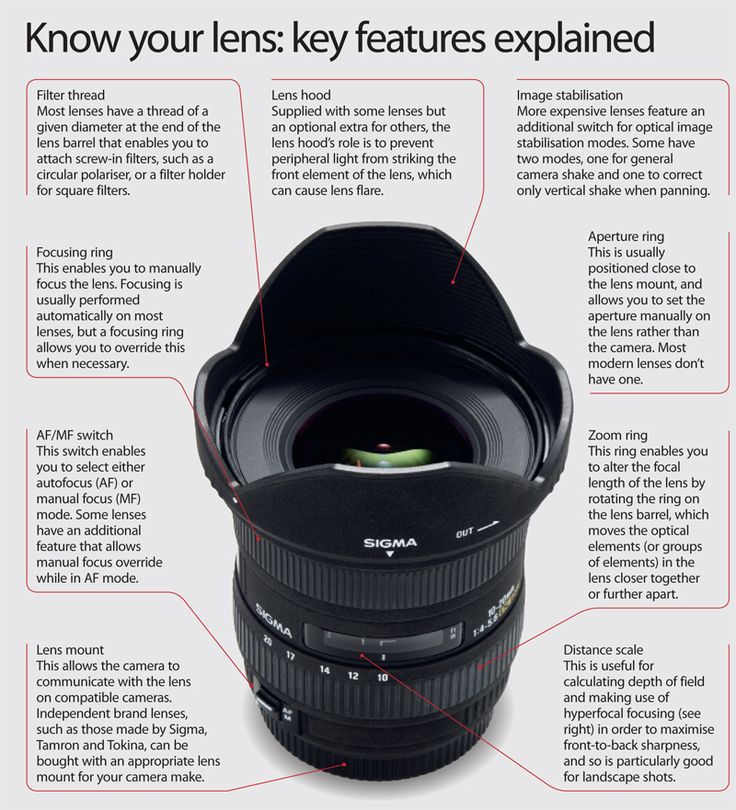
The lens body and its functions:
Focal length
This refers to the level of magnification a lens provides. The focal length is measured by the millimeter; lenses with a range between a high and low focal length are known as zoom lenses, while those with a fixed focal length are called prime lenses. In terms of what a human eye might see, a lower number takes in a larger view than your natural sight. A high number means a smaller viewing aspect.
Aperture
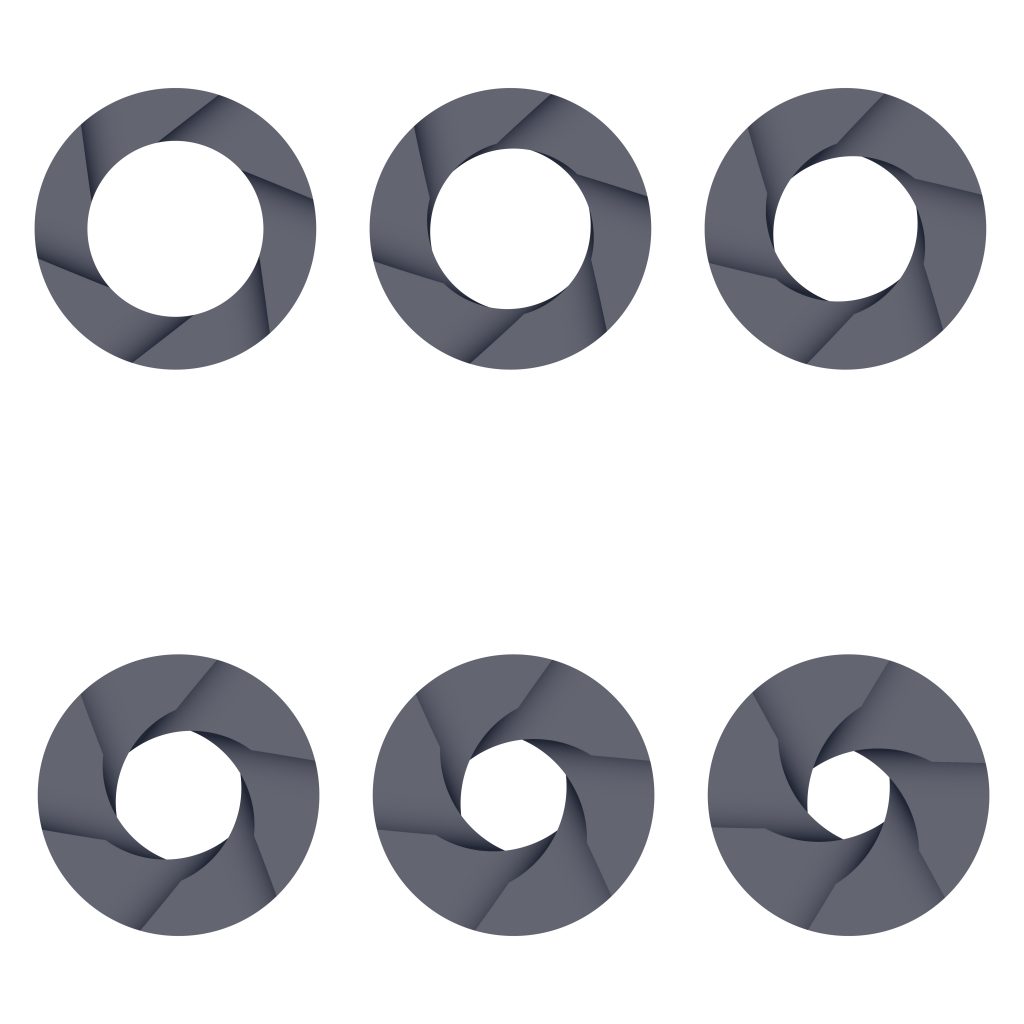
Also known as the f-stop number, aperture can be a difficult term to master when beginning photography as a hobby or profession. Basically, the aperture setting changes how much of the image will be in focus in a final picture by changing how much light filters through the lens and to the sensor. In low-light conditions, you will look for the lower numbers f-stop.
Shutter speed
The shutter controls how long the sensor is exposed to light, which affects the quality and clarity of the image you’re photographing. Typically, a faster shutter speed equals a cleaner image, especially when you’re photographing subjects while you or they are moving.
Sensor sizes
The size of a camera’s sensor will determine if the camera is considered a full-frame or cropped-sensor camera, also known as an APS-C camera. Understanding how does sensor size affects focal length will help you determine what lens will work for the shot you want. A lens that can work with various sensor sizes will produce different results despite the fact it’s the same focal length. Knowing how to calculate according to the crop factor will help you determine which lens to buy, and we explain that in depth below.
Lens mount
For a lens, this term indicates the ring that allows the lens and camera to connect. Certain adapters can be used for some types of lenses so that they can be used with cameras from different manufacturers.
Compatibility
For a lens, this refers to both the camera’s sensor size and connection ring to the camera. Traditional film cameras and most professional DSLR camera lenses are compatible with the aspect ratios of APS-C cameras. However, lenses made for cropped-sensor cameras are not compatible with the aspect ratios of full-frame cameras. As well, certain adapters can be used for some types of lenses so that they can be used with cameras from different manufacturers.
Field of view
What the camera sees is called the field of view and can be observed through the viewfinder for each camera. Understanding how the camera will frame a picture in its final form is an essential part of photography.
Depth of field
How much of the photo is in focus gives the viewer a sense of positioning within the scope of the picture’s composition.
Optical lens
This might be a single pane of highly specialized glass or more usually an assembly of them for any given camera lens. The quality of the manufacturing impacts the clarity and longevity of the lens.
Focusing ring
Whether manually used or automated on digital lenses, this controls how off your frame is in focus. Many modern lenses have indicators and settings that allow a combination of manual and auto-focusing techniques.
Hoods and caps
Hoods for your lens are used to prevent rain from hitting the lens or help reduce how much light is filtering through. Caps can snap, push or screw onto the front and back of a lens for added protection before and after use.
Different Types Of Lenses
Now that we have the basic vocabulary covered, let’s talk about the specific types of lenses you’ll find on the market and when you might need to use them. Think about your camera lens in terms of how you want your final picture to come out. This will help you identify the type of lens you need for the perfect shot of your dreams.
Most general purpose zoom lenses offer the new photographer many opportunities to practice mastering focus and depth of field principles. More practiced photographers also need a go-to classic for capturing shots from many angles and perspectives. Functionally, any fixed lens is considered a prime lens and requires the photographer to understand the focal length between their lens and their subject. Higher quality brands achieve faster shutter speeds and might then call their lenses “fast prime” to further differentiate them from standard fixed lenses.
Starter lenses:
Standard
A standard lens can also be called a “normal lens” and is usually included with new camera purchases. Every beginner should be comfortable using the standard lens and its settings while they explore their photography skills. Most standard lenses are meant to render pictures that have a natural-looking angle as if seen by the human eye.
Macro
While zoom lenses can get you a close shot, a macro lens will get you the closest shot possible. Hyper-sensitive to the smallest of details, getting started with a macro lens means even a single rose can be captured through a variety of tight shots.
Intermediate upgrades:
Fisheye
Measuring between 8-16mm, a fisheye lens uses focal lengths far below what the natural human eye sees and the edges and corners of a shot distort due to the extremity of the wide angle. Photographers often choose this lens for architectural shots or artistic angles for landscape and sporting pictures. When you’re ready to take your beginner skills up a notch, playing around with the interesting perspectives you can find through a fisheye lens is a great workout for your focus-finding and depth of field skills.
Wide-angle
Perfect for capturing breathtaking views and a favorite of travel photographers, a wide-angle lens broadens the possibilities for rich composition and impressive scope for your photographs.
Telephoto
As a lens with focal lengths anywhere from 55-70mm at the mid-range zoom to extreme 1700mm lenses used for sport and wildlife photography, a telephoto lens is used to get a close shot from a distance the human eye wouldn’t be able to see in detail. While a telephoto lens poses a more challenging learning curve than others for the budding shutterbug, there are still brands that offer affordable and accessible versions so you can get used to working with more powerful lenses.
Pancake
A slimmed down, fixed lens meant for all-purpose use. While not especially technically challenging, photographers who are still getting used to how their camera processes images might feel more comfortable with adjustable, standard lenses instead.
Specialty grade:
Tilt-shift
Turning the subjects of your photograph into toy-like miniatures takes a special lens and some practice to master the trick of taking these kinds of shots.
Super telephoto
Maximum zooming capabilities happen with a super telephoto lens. Most landscape and wildlife photographers depend on the superior reach of high-end telephoto lenses.
Teleconverter
Called a lens for your lens, teleconverters increase the reach for your telephoto lens by attaching between the lens and the camera body. While some light capture and shutter speed may be affected, this is an inexpensive and versatile option for gaining more capabilities without purchasing a more expensive lens.
Advanced Lens Features
Even for the hobbyist photographer, certain advanced features can be easy to use and yield amazing results. For shutterbugs who are looking for more robust techniques, new technology offers a wide array of unique and awe-inspiring opportunities to improve your shots.
Just because these are advanced capabilities doesn’t mean you need an advanced level of skill to use them. Taking a little time to understand these features will have any hobbyist shooting like a pro with the lens in no time.
Technology And Durability
The build quality for lenses and cameras can vary greatly and is the main factor in determining the price point of any given lens. While in most cases this means a higher cost equals higher quality, it’s important to shop around for the kind of build that suits your needs and your camera best. As new synthetic compounds hit the market, manufacturers are experiment with how to improve the durability and longevity of their lenses.
Most innovation answers a demand that comes from having a problem and struggling to solve it. Reverse lensing, where you turn your lens around and mount it to the camera with an adapter, is a helpful and inexpensive alternative to purchasing separate macro lenses. Now, some manufacturers may be working on camera lenses that have mounts on both ends in order to remove the need for special adapters on certain cameras.
While smartphones and other mirrorless or lensless cameras make their move on the market, none of them yet compare to the crisp and saturated qualities a photographer can achieve with a variety of traditional lens structures. Because of the way it captures and renders light, photography with formal lenses achieves the most accurate vision of what the human eye sees and what a camera can do to enhance it.
Stabilization And Sensitivity

As shutter speeds and sensor sensitivity increases with technological advancements in photography, the need for stabilization features and fast-response focusing capabilities rise, as well. Many photographers may prefer their image stabilization mechanisms to be in the lens itself as opposed to the camera body. For most lenses, it’s assumed that the fine-tuning required for proper stabilization will be most accurate when calibrated inside the lens instead of the body.
Sensor stabilization has its place, too, especially for photographers trying to achieve a variety of different shots on a more budget-friendly basis when they can buy less dynamic lenses. Stabilization features in a lens can often mean a higher price tag, but many are becoming more affordable as the industry advances.
Autofocus and manual override mechanisms also continue to improve with the quality of components being made at better manufacturing rates. The more these two functions can work in tandem together, the more flexibility you have as a photographer to capture moments between movements and incredible detail for important shots.
Other Factors To Consider
Once you know the kind of shots you want to take and what type of lens works best, you’ll need to consider several other minor and major factors that could affect your image quality or your choice in equipment.
Certain photographers prioritize weight or price, while others look at build qualities and special features before determining which lens to include in their kit. Knowing all your options is an important step when developing your own preferences.
Compatibility And Equivalent Focal Lengths
While most lenses will list lens mount compatibility by brand somewhere in their specs, you can match their measurements or your own camera’s specs to find the right match. Comparing lenses with sensor sizes in order to know what image quality to expect is a trickier business. While there are calculators to help you estimate outcomes with different pairings, it’s important to remember a couple of basic factors.
A full-frame sensor is typically found in 35mm film cameras and the higher quality DSLR cameras most often used by professional photographers. The bigger sensor typically means a better quality photograph due to larger individual photosites collecting light on the sensor’s surface.
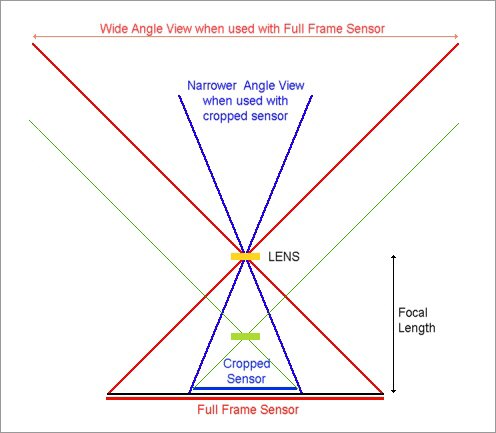
Most mid-range and average DSLR cameras have cropped sensors roughly half the size of those full-frame cameras; these cameras are referred to as Advanced Photo System type-C cameras.
Full-frame lenses can be used on either type, but the difference in sensor size affects the focal length. Photographers need to know the equivalent length if they’re using a full-frame lens on a cropped-sensor camera in order to frame their picture appropriately. For quick reference, multiplying the focal length of an APS-C camera by 1.6 for Canon lenses or 1.5 for Nikon lenses should give you the appropriate equivalent ratio.
If you currently have an APS-C type camera, it’s important to note that if you switch to a full-frame camera then you won’t be able to use APS-C lenses with your upgrade. This could affect your purchasing choices now if you’re investing in quality lenses with full-frame photography in mind.
What Affects The Price Of The Lens
With better quality comes higher prices, and this is certainly true of sensitive and finely-tuned equipment like camera lenses. The mechanisms that make the auto-focus operate or the shutters of the aperture opening flex faster or slower require expertise to put together and materials made to exacting specifications.

With that level of craftsmanship or specialty, materials comes not only a rising price but can often determine how large or heavy a lens may be. This is something to consider when putting together a kit not only because of your budget but how easily you can use and store the lens as well. It might not seem important, but when you’re holding a camera for long minutes to try and get the perfect shot, a lens that’s lighter than others by even a few ounces makes a huge difference.
Some cameras may be calibrated to work best with lenses manufactured by the same brand, but many third-party manufacturers are developing quality lenses that can be used with more and more cameras every day. This provides an affordable alternative for hobbyists who want more powerful components but can’t afford the brand name price tag.
Special Features And Lens Care
As technology continues to innovate with the digital capabilities of modern lenses, their functionality improves. With this comes a shift in industry standards and expectations. Newer lenses on the market target the need for more video capture now that so many photographers have cameras capable of both formats, which means big moves in the auto-focus and image stabilization area of development. High-end lenses focus almost instantly and combined stabilization in the lens and camera body itself makes video capture cleaner and clearer.
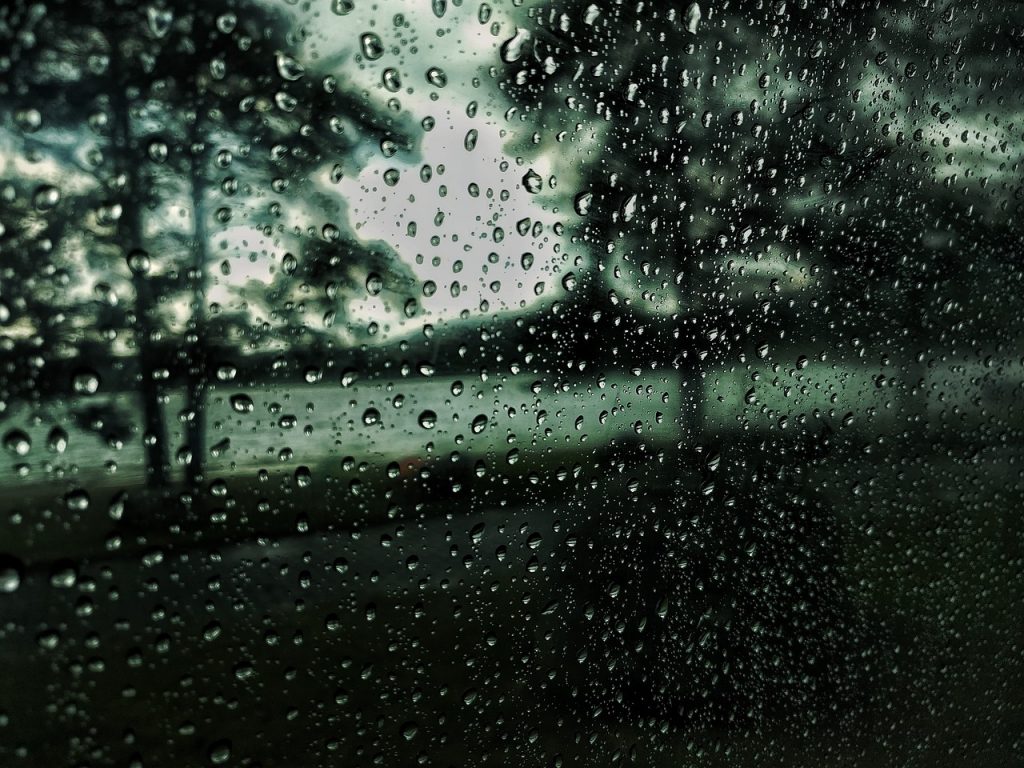
Weather sealed lens increases the longevity and durability of camera lenses against wear and tear and other difficult conditions, like harsh elements and high humidity. New products that coat the lenses in order to reduce reflections and distortion can also protect the glass against minor damage, too.
All of this also means an expanded need to care for your camera lenses carefully. Most photographers already know they might need specialty cleaners and cloth for the front and rear panes, but proper care of a lens requires several tools in your kit. It’s important to know that proper care doesn’t mean constant cleaning — in fact, too much handling and cleaning can raise the risk of damages!
Whether you’re cleaning the lens at home or in the field, keep on hand a blower or a brush with soft bristles for your camera lenses in addition to the cleaning solution and microfiber cloth that should be standard items in every kit.
For quick fixes of smudges or fingerprints, dust the lens and apply the solution before using gentle, circular motions that work from the inside out. When you’re able to manage more in-depth maintenance, use a special little blower that puffs gentle bursts of air into the crevices and rings to rid them of debris or dust. Never blow with your mouth, as it could leave saliva or impart humidity into the camera.
Common Mistakes When Choosing A Lens
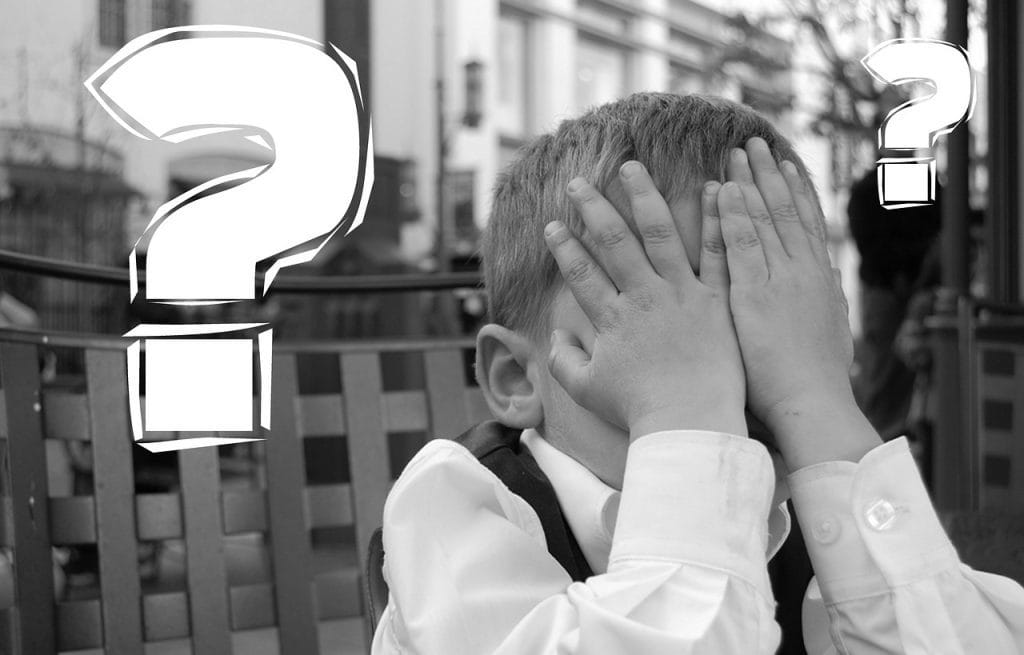
Don’t worry, everybody makes mistakes when there’s so much information, terminology, and technology to understand. The good news is that this list can help you avoid common problems and challenges you might face when buying a camera lens. Double-checking before your purchase for any last minute faults can often do the most in helping you avoid irreversible issues.
When You Don’t Do Research
The most common cause of problems when purchasing a new lens happens you have haven’t done the right amount of research. Either your lens doesn’t fit or you’re not getting the shot you want. Sometimes, it’s hard to find the most accurate information and it can take some digging around before you have all the answers you need.
Making sure your lens is compatible with the sensor size of your camera and that the lens mount will attach properly to your camera’s body are the most important factors to understand fully before buying.
Professionals can struggle with this as well as beginners, so don’t worry if you find yourself flailing around in comment threads and review lists wondering what your question was in the first place. Also, remember that understanding each lens has a specific set of purposes, can help you narrow down the ones you need and the settings you prefer.
When You Buy Used And Untested
Many photographers score great gear by swapping with other enthusiasts or buying secondhand lenses through reputable hands. Many eager beginners can get caught up in a nice looking price tag and figure that it’s okay to buy it used since they’re just getting started. The problem with buying secondhand lenses from stores or people who don’t understand the special care and requirements of these sensitive pieces means you might be buying excessively damaged goods.
When possible, you should consider purchasing a lens brand new so you can rest easier with a knowledge of factory-fresh components and zero damages. Many manufacturers offer warranties, some that last the lifetime of the camera, that can only be activated by the original purchaser and may require receipts to be shown for proof of purchase.
When You Store And Handle Carelessly
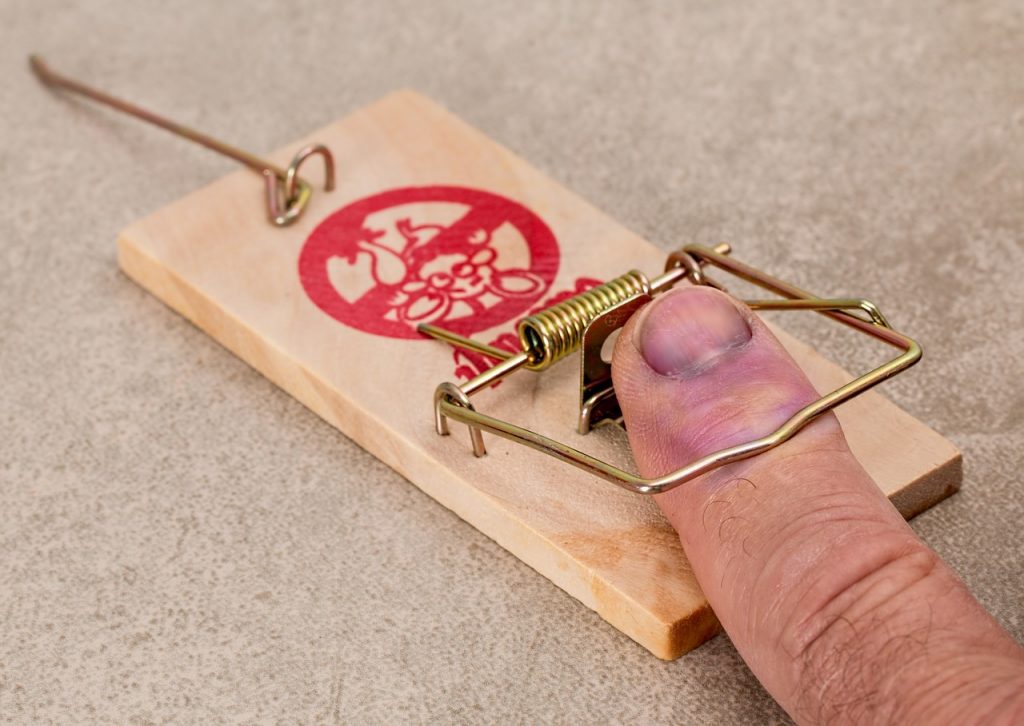
While some repairs can fix certain problems with camera lenses, their highly sensitive nature leaves them vulnerable to permanent damage very easily. Not taking the time to properly store and maintain your lenses can result in costly fixes and replacements down the road. Not only do you need to look out for damage to the lens glass itself, but dust can damage adjustments and other finely-tuned calibrations.
Dirt and sand can also work their way into the crevices between components, and even foggy or humid conditions can permanently damage the lens with condensation or mold. Knowing what kind of fabrics and casings to use for your chosen brands will help you sustain the lifetime of your lens.
Lens Accessories
While not always necessary, some accessories can become indispensable pieces to keep in your photography toolkit. Highly sensitive or specialty lenses need extra care when cleaning and storing them for use. Others offer exciting new possibilities for your shots when used with certain filters.
Cleaners And Specialty Cloths
Because of the highly sensitive material lenses are made from and the fact that keeping a clear, smooth surface on the glass is paramount to taking perfect pictures, it’s important to use the right cleaning tools. Spray cleaner for windows and a couple of paper towels aren’t going to cut it — or rather, they are since they might scratch the lens and ruin it for good.
Microfiber cloths and gentle, specialty cleaners should be kept on hand for cleaning in between shots or in case of accidents. Regular dusting, cleaning, and maintenance can also increase the longevity of your lens.
Filter Types
UV/protection filters
These can be necessary for protecting your lens from wear and tear that can lead to cracks or scratches on the glass. UV filters do not impact photo quality though it may affect how stylized filters photograph.
Polarizing filters
Making the colors of your photograph pop can start with using different polarizing filters. These change how the lens captures and renders reflections and color saturation, though they may not be suitable for all types of lenses.
Neutral density filters
In order to reduce how much light is entering the lens, you can use a neutral density filter. This helps to decrease the shutter speed, which means longer exposure time. Photographing with this technique lends a sense of natural movement to finished photos or videos.
Cases, Caps, And Adapters
Cases are an incredibly important and often overlooked component of any photographer’s personal kit. While there are many different brands and styles to choose from, you should look for water-resistant fabric and an appropriate level of padding. Some cases come with straps and others are slimmer in order to fit better inside your camera bag.
Good lens cases aren’t the only way to protect your camera lens. Fitting the right size caps to either side of your lens takes that protection one step ahead and prevents any scratches or accidents from happening if the case isn’t enough to keep the glass safe. One of the more overlooked pieces is the rear caps, which can be inconvenient to reattach when photographers are switching between lenses.
Sometimes, adapters can help you use lenses from different manufacturers on your camera. This can make space in your camera bag, shave seconds off your shoot time and save dollars from your wallet. While using lens adapters might add more time to your setup for certain shots, the benefits of flexibility between products can often outweigh the added step.
How To Choose The Right Lens For You
Only you know the vision you have in your mind of the photographs you want to take. However, knowing what to expect from your search for the perfect lens will help you target the right choice at the right time. Most photographers, even beginners, find they make frequent use of a few lenses at a time for any project. Plan ahead when you can and have a couple of go-to choices you know work best for your everyday needs.
Identify your budget and needs.
You may want one of the most expensive lenses ever, but chances are that you don’t need one unless you have a highly specialized opportunity and the room in your budget for that kind of purchase. Most photographers have to balance their wish list of gear with a wallet that needs a break every now and then. It doesn’t hurt to dream, and it’s important to validate your goals with quality purchases like specialty lenses and equipment.
When certain brands or types of lenses are out of reach, look around for alternatives that produce similar effects or can achieve a comparable level of focus and light balance. A little extra footwork and setup might be required to fine-tune that shot to the vision in your mind, but one of the engaging elements of photography is using your learning to strike that balance between your eye and the equipment you’re using.
Compare features and prices.
While there are several ways to compare one lens to another, you may want to use a variety of sources to see how the different features and brands stack up and where they stand on price points. Sometimes, you can achieve taking the kinds of photographs you want in your portfolio or collection by combining a filter and lens or stacking a telephoto with a teleconverter lens.
While the kind of camera you have will make a difference in what lenses you’re looking for, many third-party manufacturers offer quality options at affordable prices when compared to brand-specific choices. If you’re finding that the lens in your camera’s brand has a prohibitive price or you want to see how the calibrations of a different manufacturer affect the outcome of your pictures, consider if a third-party brand of lenses might work for you.
Depending on your priorities for your shopping or your project, the price may be the biggest concern. For photographers just getting started, think about the features you need to get the shots you want and then find the lens that best fits those specifications in your budget. High specialized lenses often cost more, and you may want to wait until you’re more comfortable with the camera you’re using before making that purchase.
Make a wish list of lenses.
Keep tabs on your inventory and what you hope to add to it as you continue your journey with photography. Plan for the shots you want to take and maintain a running list of lens brands and styles you’d like to try to see if they’re what you need.
If you want, make a literal digital wishlist through any of the usual online retailers that you think your friends and family may want to consult for any potential gift-giving ideas. This is a great way to round out your collection and share memorable moments by capturing even more of them with your loved ones.
Keeping a list of your preferences will help you when you’re making your purchases for yourself, or if you’re considering renting or buying lenses second hand. Knowing the current market value of a lens before spending the fees to borrow or risking the chance of a secondhand buy will make sure you’re negotiating for your best interests.
Renting or borrowing lenses from friends or sharing communities can also be a great way to narrow down your wish list once you’ve tried a brand or style and find it doesn’t suit your needs after all. Whether you’re just getting started or you’ve become a seasoned pro, the market is always shifting and technology promises new products that will revolutionize your next shot.
Staying up to date on the latest industry developments, releases and trends keep your knowledge fresh and your skills sharpened so you can keep taking the photos you want in the style that fits you best.

